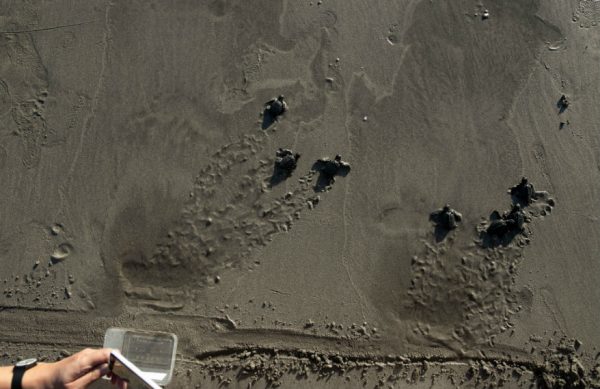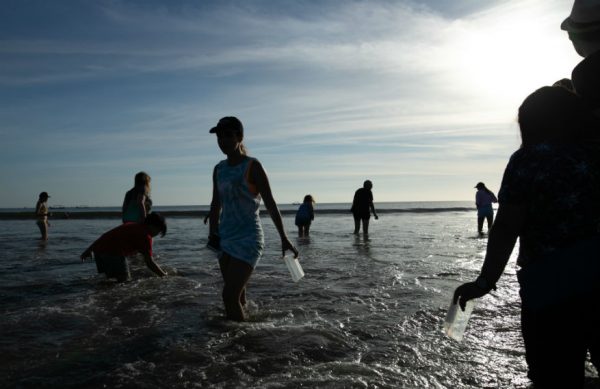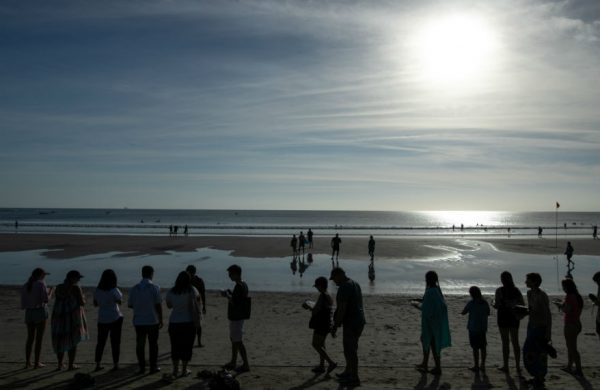KUTA BEACH, Bali, 28 February 2019: Being able to give life makes one appreciate the very gift of life so much more, as HPL Group’s Hpaper experiences firsthand.
It lends perspective to think of ourselves as visitors on this planet. It is not ours to own, and certainly not ours to take.
In fact, if we could leave the world a little better than we found it, then there is hope that our children, and children’s children can see its beauty too, just like we have.

Just steps from the Hard Rock Hotel Bali, at the heart of Kuta, is the Kuta Beach Sea Turtle Conservation Centre.
When the Hpaper team visited on a weekday afternoon, there was already an excited crowd that had gathered there. There was a palpable sense of anticipation in the air. The crowd was there for just one purpose—to set free baby sea turtles.
The turtles in the spotlight are the Olive Ridley turtles. The smallest of sea turtle species, they are classified as vulnerable, which means that their population is decreasing and they face a high risk of endangerment. Part of this is due to climate change, and also being entangled in fishing nets.
The Kuta Beach Sea Turtle Conservation Centre aims to protect these sea turtles by transporting the eggs after they are laid at the beach to a protected hatchery. The centre was started by Gusti Ngurah Tresna some 20 years ago and he explained that transplanting the eggs is necessary “because the beach has eroded over time, which means less and less shore area for the mass nesting of eggs. Also, with the beaches getting increasingly populated, the risk of people trampling on the eggs is higher.”
During the nesting season, visitors can take part in releasing baby sea turtles at Kuta Beach.

Every day during the nesting season from February to October, Ngurah Tresna and his team of staff and volunteers would comb 14 kilometres of shoreline from Kuta to Canggu, retrieving between 500 and 3000 eggs. The eggs are then carefully brought back to the conservation centre, where they are kept and monitored for up to 60 days before they hatch. In 2017, the team rescued more than 100,000 eggs, of which 90 per cent were hatched and released into the sea. Yet, according to Ngurah Tresna, only about 0.1 per cent of baby turtles are able to survive to adulthood. That’s one out of every 1000.
As we carried our baby sea turtle towards the open ocean, its tiny flippers flapping ever so excitedly, we could almost feel its survival instinct. Perhaps the most endearing moment of all was when we laid this precious miracle of life on the sand and watched it race right for the water. In the background, Ngurah Tresna muttered, “That’s your home, baby.” We too made a wish for our little one: be safe, be strong.
You can do your part to save the sea turtles too. For a donation of any amount to the non-profit Kuta Beach Sea Turtle Conservation Centre, you can set a baby turtle free. Simply make your way to Kuta Beach before 4pm during the nesting season from February to October and ask for simple directions to the centre.

RECOMMENDED ADDRESS Stay at Hard Rock Hotel Bali, right at the heart of Kuta.
Visit hotel website :https://bali.hardrockhotels.net/
Check out:
https://h-paper.hplhotels.com/
(Source: HPaper)






